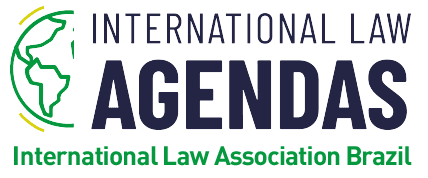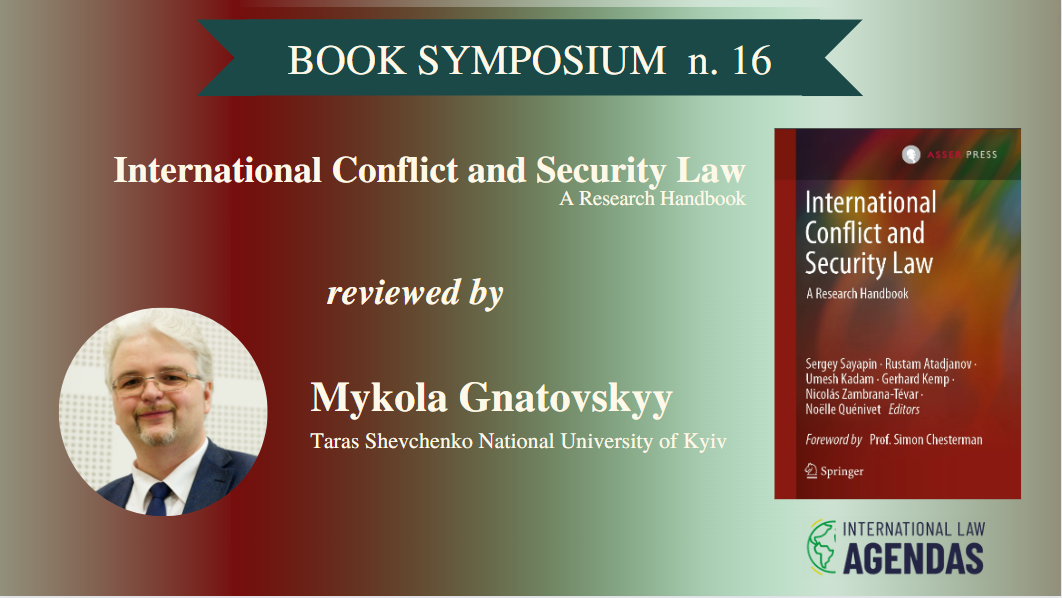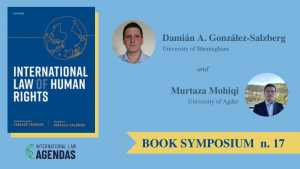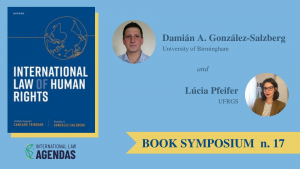Reviewing a publication of this scope, size and ambition is not an easy task. It is therefore fully understandable that the invitation from International Law Agendas came with a warning that one should not attempt to write a review of the entire publication but rather to concentrate on those parts with which one is more familiar. Realistically, in the 21st century one can hardly be expected actually to read two volumes of a total size of some 1500 pages. However, it is precisely the general aspects of this edition that appear to me to be crucially important to assess it.
Indeed, the concept and structure of the Research Handbook, as well as the extremely broad choice of authors (geographically and in terms of their prior record in researching international law) are what make it a fairly unique edition. Taken alone, each of the chapters are but short, often encyclopaedic overviews of matters that are, in most cases, well known, even if some of them certainly deserve a special mention in terms of their quality and originality (my personal favourites here would be Rustam Atajanov’s chapter on the notion of humanity and a very elegant overview of transnational and international criminal law by Sergey Sayapin, and this list is not exhaustive at all when it comes to high-quality individual contributions).
As regards the concept of the Handbook, it bears a very general title which speaks of “International Conflict and Security Law”. My first association here would be the course on the “Law of International Security”, which was habitual for some schools of international law in the former Soviet Union, and is still present as part of the curriculum for international law students at my alma mater at Taras Shevchenko University of Kyiv. To be quite frank, I have never been totally convinced about the concept of such a course, which was seen as comprising not only issues related to how use of force was regulated by the United National Charter and providing a comprehensive historical overview of how jus ad bellum had evolved into jus contra bellum, but also discussing matters such as ‘information security’, ‘economic security’ or ‘environmental security’, which, as it has always seemed to me, were better to be covered by more specialised courses.
In any case, a research handbook could well be a different matter altogether. As the editors point out in their joint preface, understanding the notions of conflict and security in international law narrowly “fails to take into consideration a wider spectrum of situations and factors that create or mitigate conflicts or change their nature” (p. X). Their ambition, therefore, was to disregard – in terms of the Handbook’s scope and structure – the traditional distinction between jus in bello and jus ad bellum by including chapters that would traditionally fall into either category and to expand the Handbook even further with chapters covering issues of international human rights law, international criminal law (that go well beyond the still crucial topic of the crime of aggression), international institutional law and so forth. While not all of those chapters make an effort to link their contents with the more concrete international conflict and security concerns (a positive example where such connection is clearly drawn would be, among others, Thomas Kruessmann’s chapter on organised crime), they certainly provide good food for thought for any researcher in the field of international security.
The part on international humanitarian law deserves a more expanded mention. The idea to refrain from overemphasising the distinction between jus in bello and just ad bellum is indeed a positive one, at lease in the context of this Handbook. However, the chapters on international humanitarian law must have been truly difficult to connect to the issues of security – while of course they are all about conflict. This does raise the question about the connection between conflict and security, both of which are in the title of the Handbook, in terms of how law approaches them. More elaboration on this particular subject would be welcome.
The Handbook concludes with probably the most original and insightful part with case studies. Again, some of them, such as Nicolás Zambrana-Tévar’s chapter on the Holy See and the sex abuse crisis, would fit only in the most liberal and broad interpretation of what international conflict and security are, but in general all of them are highly useful and original, providing lots of good examples how an international law analysis of these matters should look like.
For many of us, reading the Handbook after 24 February 2022, the day of Russian Federation’s large-scale invasion in Ukraine in pursuance of the international armed conflict between the two states initiated by Russia’s the unlawful annexation of Crimea would give a strange feeling as discussing conflict and security issues in international law after that date became almost unthinkable, even if does not hold true for some of the authors and readers of the Handbook coming from lands very distant from the epicentre of the largest war of aggression and territorial conquest in Europe since 1940s. The very possibility of that war is the clearest manifestation of the big failure of collective security arrangements available to Ukraine so far.
However, one cannot demand the impossible. The Handbook gives so much diversity and such wealth of materials to its readers, especially to the researchers of the issues of international conflict and security law that this in itself makes it a necessary companion to many colleagues across the world. This is a remarkable achievement of the brilliant team of the Handbook’s editors, even for a reviewer who remains much more attached to the narrow concept of international law related to the use of force rather than to a loose and unclear concept of ‘international conflict and security law”.
-

Mykola Gnatovskyy is the Ukrainian Judge at the European Court of Human Rights.





